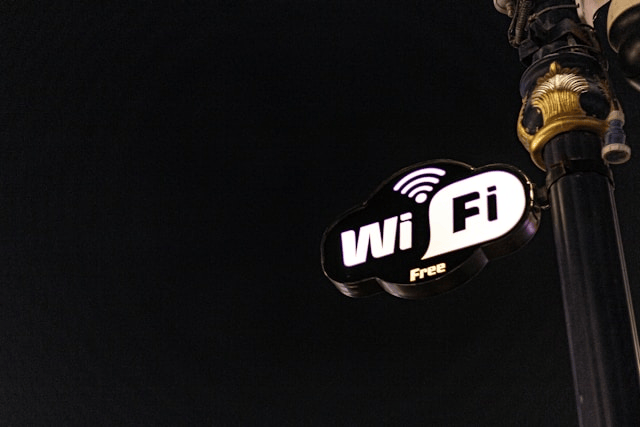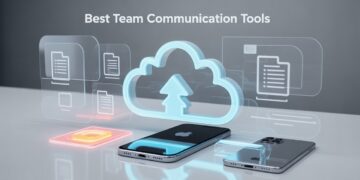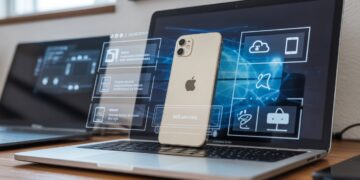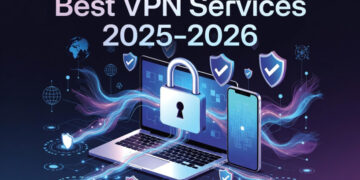Public Wi-Fi is everywhere coffee shops, airports, hotels, libraries, and even shopping malls offer free internet access to make life more convenient. While it’s tempting to connect and browse without a second thought, using public Wi-Fi comes with significant security risks. Hackers often target unsecured networks to steal sensitive information such as passwords, banking details, and personal data.
If you often work remotely or travel frequently, learning how to stay safe on public Wi-Fi is essential. In this guide, we’ll explore the dangers of public networks and share practical tips to keep your data secure.
Understanding the Risks of Public Wi-Fi
Public Wi-Fi networks are attractive to cybercriminals because they’re often unencrypted and easy to access. Some of the most common risks include:
-
Data interception: Hackers can capture the information you send and receive on an unsecured network.
-
Fake Wi-Fi networks: Cybercriminals create “Evil Twin” hotspots that mimic legitimate networks, tricking users into connecting.
-
Malware injection: Public networks can be used to distribute malicious software to connected devices.
-
Identity theft: Once hackers have your personal information, they can access accounts or commit fraud.
Knowing these risks is the first step to safe browsing on public Wi-Fi.
Use a Virtual Private Network (VPN)
A VPN is one of the most effective tools for public Wi-Fi security. It encrypts your internet traffic, making it unreadable to hackers and even the network provider. When using a VPN for public Wi-Fi, look for features like:
-
Strong encryption protocols (AES-256)
-
A no-logs policy for privacy
-
Kill switch protection to maintain security if the VPN drops
With a VPN, even if someone intercepts your data, they won’t be able to decipher it.
Turn Off Auto-Connect and Sharing Settings
Many devices are set to automatically connect to known Wi-Fi networks. This can be dangerous in public areas where fake networks mimic trusted ones. To improve your safety:
-
Disable auto-connect for Wi-Fi networks
-
Turn off file sharing and AirDrop
-
Switch off Bluetooth when not in use
These small adjustments significantly reduce your exposure to threats.
Access HTTPS Websites Only
When browsing on public Wi-Fi, ensure you visit websites that use HTTPS. The padlock symbol in your browser’s address bar indicates the site has a secure connection. Avoid entering personal details or passwords on sites without HTTPS encryption, as they can be easily exploited.
Avoid Accessing Sensitive Accounts
Public Wi-Fi is not the best place for online banking, shopping with saved card details, or accessing confidential work files. If you must log in to sensitive accounts, use two-factor authentication for an extra layer of protection. This way, even if your password is compromised, hackers won’t easily gain access.
Enable Firewall and Antivirus Protection
A firewall acts as a barrier between your device and potential online threats, blocking unauthorized access. Alongside a firewall, reliable antivirus software helps detect and remove malicious files that may be downloaded over public Wi-Fi. Keep both updated for maximum effectiveness.
Use a Mobile Hotspot as an Alternative
For the highest level of safety, consider using your smartphone as a personal hotspot instead of connecting to public Wi-Fi. Mobile data networks are generally more secure, and portable hotspot devices are a great option for frequent travelers who need reliable internet access.
Log Out and Forget the Network After Use
Once you’re done using a public Wi-Fi network, log out of any accounts you accessed and “forget” the network in your device’s settings. This prevents your device from reconnecting automatically in the future, reducing the risk of being tricked by fake hotspots.
Final Thoughts
Knowing how to stay safe on public Wi-Fi can save you from serious cyber threats. By combining strategies like using a VPN, disabling auto-connect, and sticking to HTTPS websites, you can browse with more confidence in public spaces. Remember, online safety isn’t just about one tool or setting it’s about adopting a combination of security practices that work together to protect your data.









